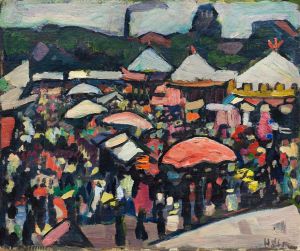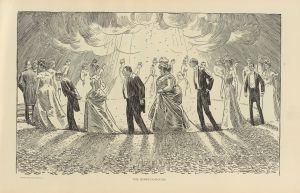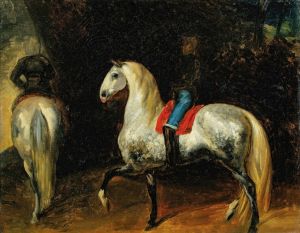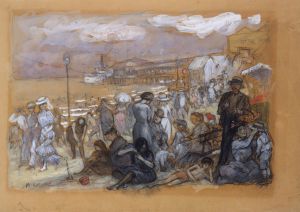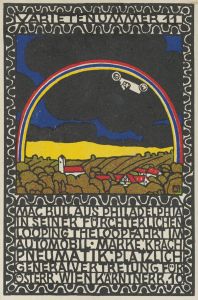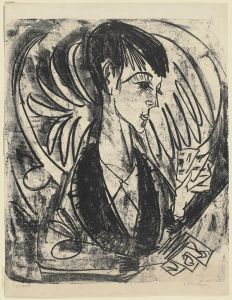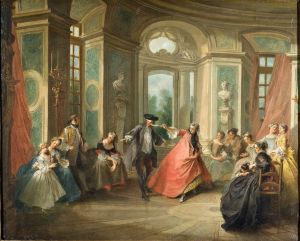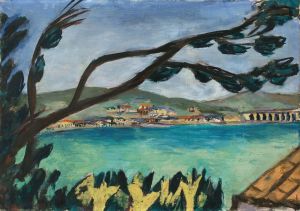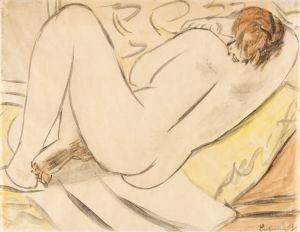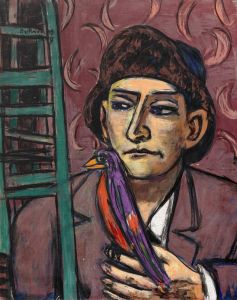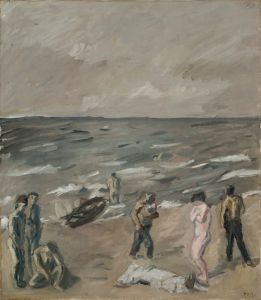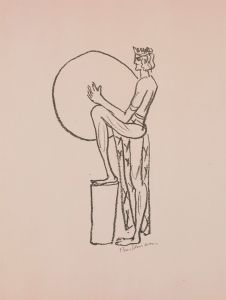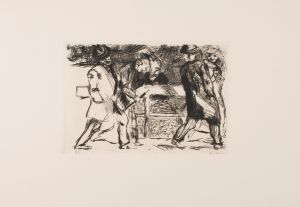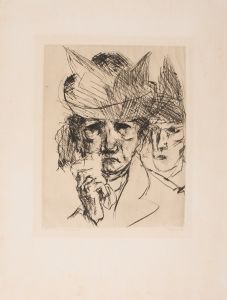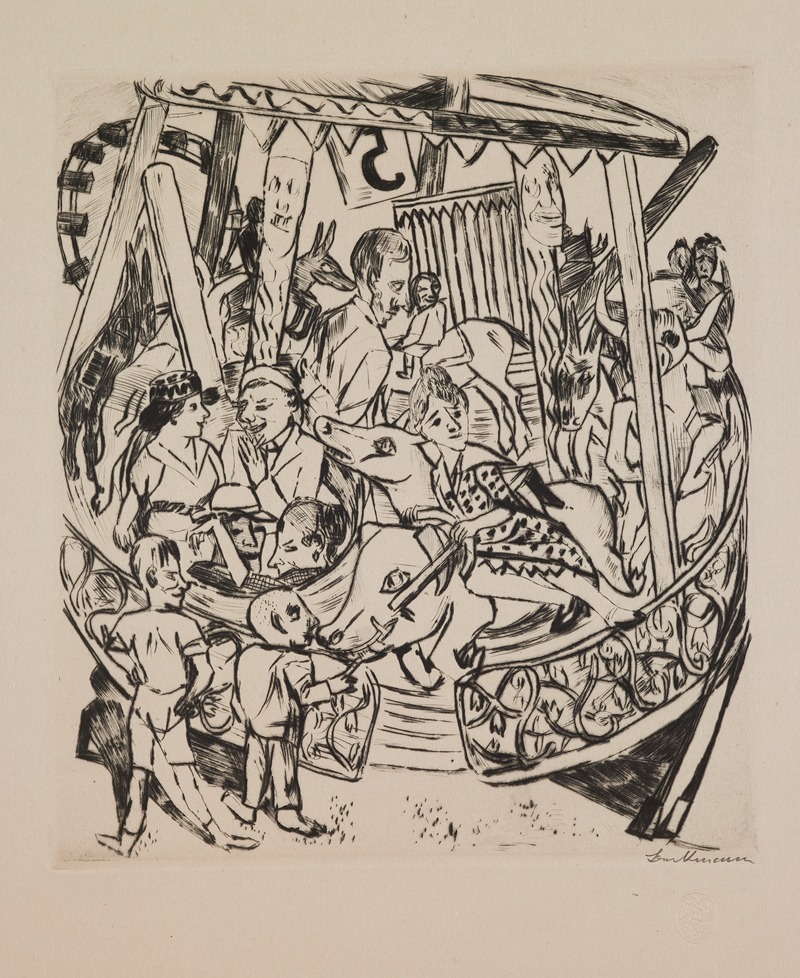
Merry-Go-Round, plate 7 from the portfolio ‘Annual Fair’
A hand-painted replica of Max Beckmann’s masterpiece Merry-Go-Round, plate 7 from the portfolio ‘Annual Fair’, meticulously crafted by professional artists to capture the true essence of the original. Each piece is created with museum-quality canvas and rare mineral pigments, carefully painted by experienced artists with delicate brushstrokes and rich, layered colors to perfectly recreate the texture of the original artwork. Unlike machine-printed reproductions, this hand-painted version brings the painting to life, infused with the artist’s emotions and skill in every stroke. Whether for personal collection or home decoration, it instantly elevates the artistic atmosphere of any space.
Max Beckmann's Merry-Go-Round, plate 7 from the portfolio ‘Annual Fair’ is a notable work of art created by the German painter, printmaker, and draftsman Max Beckmann. This piece is part of a larger portfolio titled Jahrmarkt (translated as Annual Fair), which was completed in 1921. The portfolio consists of ten lithographs, each depicting scenes from a carnival or fairground, a recurring theme in Beckmann's work during this period. The Jahrmarkt series reflects Beckmann's interest in the human condition, societal dynamics, and the interplay between joy and chaos, themes that were central to his artistic exploration.
Merry-Go-Round is the seventh plate in the series and exemplifies Beckmann's distinctive style, characterized by bold lines, dramatic contrasts, and a sense of psychological intensity. The composition captures a moment on a carousel, a popular attraction at fairs, with figures that appear distorted and exaggerated. This distortion is a hallmark of Beckmann's work, influenced by the Expressionist movement, which sought to convey emotional experience rather than physical reality. The figures in the scene are rendered with a sense of tension and unease, reflecting the broader societal upheavals of post-World War I Germany.
The Jahrmarkt portfolio was created during a tumultuous period in Beckmann's life and career. Having served as a medical orderly during World War I, Beckmann experienced the horrors of war firsthand, which profoundly impacted his worldview and artistic approach. After the war, he moved away from the more traditional academic style of his earlier works and embraced a more modern, expressive aesthetic. The carnival theme in Jahrmarkt can be interpreted as a metaphor for the unpredictability and absurdity of life, as well as a critique of the social and political instability of the Weimar Republic era.
The lithographs in the Jahrmarkt series, including Merry-Go-Round, were printed by J.B. Neumann in Berlin, a prominent figure in the art world who supported Beckmann's work. The portfolio was well-received and is considered a significant contribution to Beckmann's graphic oeuvre. Today, Merry-Go-Round and the other plates from the Jahrmarkt series are held in various museum collections and are studied as important examples of early 20th-century German art.
This work exemplifies Beckmann's ability to merge personal experience with broader societal commentary, using the medium of printmaking to explore themes of human vulnerability, resilience, and the complexities of modern life.





